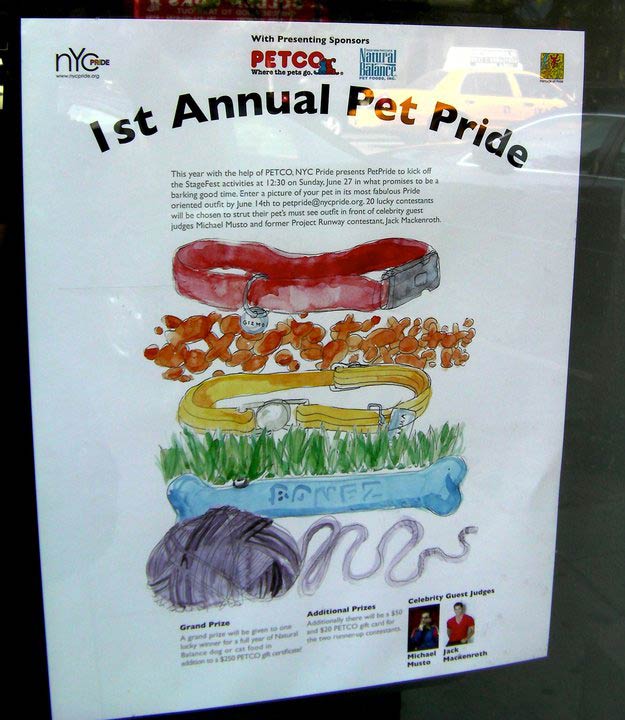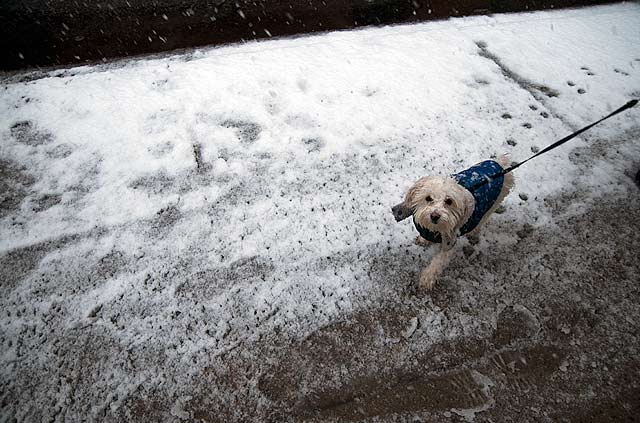animals
I guess every girl goes through a photography phase. You know, horses… taking pictures of your feet.

{ Simen Johan }
Flashing in their mocking mirrors the obscure soul of the world, a darkness shining in brightness which brightness could not comprehend
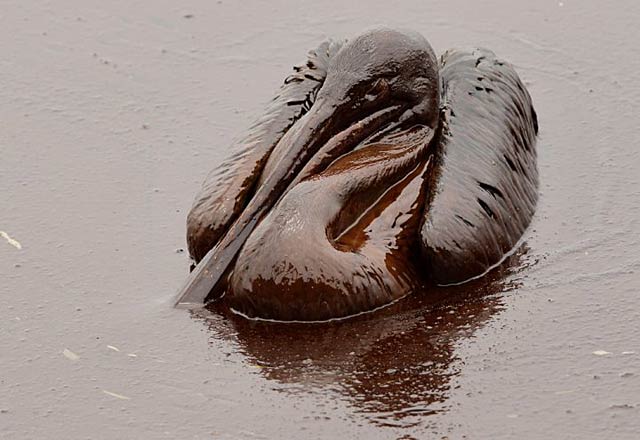

{ It’s not often that a US president has cause to declare that, given the chance, he would sack the boss of one of the UK’s leading companies. | The Deepwater Horizon catastrophe uncannily mirrors the global financial meltdown that was triggered by the September, 2008 collapse of Lehman Brothers. | Thanks Douglas! }
Who else you gon’ run with, the truth is us
In open water, there is often no place to hide. Some sharks have overcome this problem by making themselves invisible to both prey and predators, according to a new study. (…)
Lead author Julien Claes explained to Discovery News that about 50 different shark species, or more than 10 percent of all known sharks, are luminous. This means they can produce and emit light from their bodies. (…)
“I believe that what most surprised and excited me about this paper was the finding that the emission of light on the ventral surface of the sharks closely resembles the environmental light,” Coelho said, “allowing the sharks to efficiently camouflage themselves by counter-illumination, remaining invisible to both possible predators and potential prey.”
Though I’m certain that this heart of mine hasn’t a ghost of a chance in this crazy romance

{ Honeybees exposed to cellphone radiation appear to lose the ability to return to their hives and queen bees produce a lower number of eggs. Bees pollinate some 80 per cent of commercial crops —apples, melons, sunflower, mustard, cucumbers and radish, she said. “A massive loss of bees could cause loss of production of such crops,” Kumar added. | Telegraph India | Continue reading | Images: Bee Swarm Takes Over Wall Street | Watch the video | Thanks Douglas! }
Poor Dignam, you know. The funeral is today.

Killing sharks for science?
While attending last year’s American Elasmobranch Society conference, I was asked to fill out a survey concerning my views on lethal shark research. (…)
It is undeniably true that certain important information can only be gained through lethal sampling. One of the main examples of this is “age and growth” data. Managers need to know how big certain species get, how quickly they grow, and how big they are when they are reproductively active. This kind of data is absolutely critical for any species management plan, and the best way we can get it is by looking at the vertebrae of sharks (like tree rings, shark vertebrae develop annual markings which can be clearly viewed under a microscope). You can’t look at shark vertebrae while they are still attached to the shark, and you can’t remove vertebrae without killing the shark.
Mossberg pumping, shotgun dumping and drama means nothing

{ A quick draw beetle that fires volatile liquids with the pulse of a Tommy Gun, aphids that self-combust at the threat of a predator and a double-pistoled worm that sprays its victim with streams of goo. Of course, these insects are not the only invertebrates carrying chemical artillery—bees are maybe the most famous projectile-launching bugs around. | Meet the ballistics experts of the bug world. | ESA | full story | Photo: Ann Johansson for The New York Times }
‘When we love a thing similar to ourselves we endeavour, as far as we can, to bring about that it should love us in return.’ –Spinoza
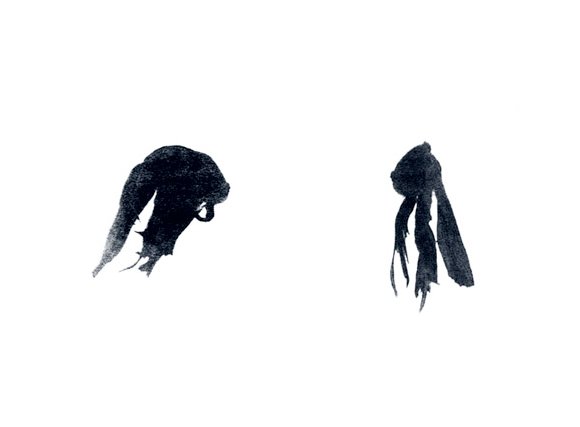
{ Chuppé | Imp Kerr & Associates, NYC }
You’ve changed, that sparkle in your eyes has gone
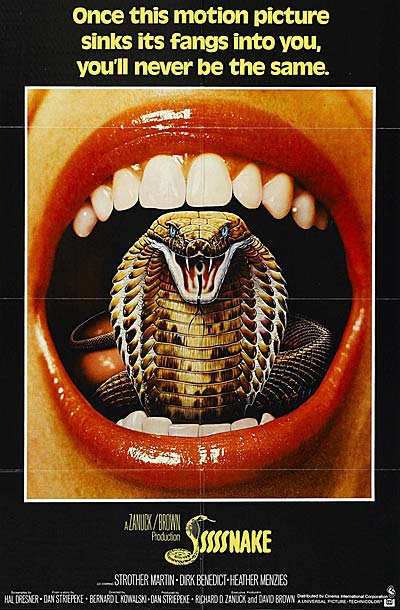
How spitting cobras shoot for the eyes
Bruce Young from the University of Massachusetts is antagonising a spitting cobra. He approaches, keeping outside of the snake’s strike radius, while moving his head from side to side. The cobra doesn’t like it and erects its hood in warning. Young persists, and the snake retaliates by launching twin streams of venom at him from forward-facing holes in its fangs. The aim is spot-on: right at Young’s eyes. Fortunately, he is wearing a Perspex visor that catches the spray; without it, the venom would start destroying his corneas, giving him minutes to seek medical aid before permanent blindness set in.
It may seem a bit daft to provoke a snake that can poison you from afar, but Young’s antics were all part of an attempt to show just how spitting cobras make their shots. Their venom is a potent defensive weapon, but it’s also completely useless if it lands on the skin or even in the mouth. To work, the cobra must aim for the eyes.
Just think about how hard that is. The cobra must hit a moving target that’s up to 1.5 metres away, using a squirt gun attached to their mouth. The fang is fixed with no movable nozzle for fine-tuned aiming. And the venom spray lasts just 50 milliseconds – not long enough to correct the stream after watching its arc.
By taunting cobras from behind his visor, Young discovered their secret. The snake waits for a particularly jerky movement to trigger its attack and synchronise the movements of its heads in the same way. It shakes its head rapidly from side to side to achieve a wide spray of venom. And it even predicts the position of its target 200 milliseconds later and shoots its venom at where its eyes are going to be.
Might be happy all the same that way

Many creatures demonstrate various kinds of collective behavior: birds flock, fish shoal, cattle herd and even humans collaborate from time to time.
Determining the dynamics of this kind of behavior is a hot problem that has lead to a number of fundamental discoveries in recent years. Who would have imagined that bacterial colonies cooperate when they grow, that shoals of fish can make collective decisions and that an insect swarm can act seemingly as one? And yet the mathematics that describe these systems demonstrate how easily this kind of behavior can emerge.
Today, the mathematics of animal synchrony takes a cloven-footed step forward with the unveiling of a model that describes the collective behavior of cows.
Cows are well know for their collective behavior: they tend to either all lie down or all stand up for example. Jie Sun at Clarkson University in New York state and colleagues say that this behavior can be modelled by thinking of cows as simple oscillators: they either stand or lie and do this in cycles. These oscillators are also coupled: one form of coupling may be that a cow is more likely to lie down if those around it are lying down and vice versa.
The result is a mathematical model in which the collective behavior of cows can be studied in abstract.
Valise I have a particular fancy for

Transportation Security Administration
Service AnimalsIt is recommended that persons using an animal for assistance carry appropriate identification. Identification may include: cards or documentation, presence of a harness or markings on the harness, or other credible assurance of the passenger using the animal for their disability. (…)
Monkey Helpers
When a service monkey is being transported in a carrier, the monkey must be removed from the carrier by the handler prior to screening,
The service monkey must be controlled by the handler throughout the screening process.
The service monkey handler should carry the monkey through the walk through metal detector while the monkey remains on a leash.
When the handler and service monkey go through the walk through metal detector and the detector alarms, both the handler and the monkey must undergo additional screening.
Since service monkeys may likely draw attention, the handler will be escorted to the physical inspection area where a table is available for the monkey to sit on. Only the handler will touch or interact with the service monkey.
Security Officers have been trained to not touch the service monkey during the screening process.
Security Officers will conduct a visual inspection on the service monkey and will coach the handler on how to hold the monkey during the visual inspection.
The inspection process may require that the handler to take off the monkey’s diaper as part of the visual inspection.
‘The ceremony of innocence is drowned; the best lack all conviction, while the worst are full of passionate intensity.’ –Yeats




{ A dog that has been seen at nearly every demonstration in Athens over the last two years has turned up again during the recent protests against new austerity measures. He always seems to side with the protesters, whatever the dispute. | AFP/The Guardian | more l Thanks Willie }
I don’t like to negotiate with people that I can’t beat up

Imagine a market for highly sought-after items in which the makers and sellers work hard to ensure that the items go only to certain buyers, even if other buyers might be willing to pay more. The favored buyers are then expected not to resell the items for many years, even if the values skyrocket. Ideally, in fact, the buyers are expected to give these items away eventually, for the public good. And if the buyers don’t abide by these expectations, they risk being cut off, cast out with the other unwashed wealthy who can afford to buy but have no access.
At least according to Craig Robins, a prominent Miami art collector and real estate developer who filed a federal lawsuit on March 29 in Manhattan, this is a portrait of the workings of the primary market for contemporary art, which, despite the recession, remains immense and highly competitive.
At its heart, the $8 million suit is a fairly ordinary contract dispute about confidentiality agreements and sales promises. But the details of the disagreement have provided a rare view into a normally very private world of high-end art selling in which membership rules, responsibilities, rewards and reprisals can be so complex and changeable that even art world veterans say they sometimes struggle to decode them.
{ NYTimes | Continue reading }
Days after the sabotage, one of his best-known older pieces, a suspended, taxidermised horse titled The Ballad of Trotsky, was auctioned in New York for $2.1m (£1.15m). Cattelan claims he won’t get a penny of that money - he sold the horse in 1996 for $5,000. Still, what is it like knowing your work is worth so much? “It’s like going to sleep 14 years old and waking up 30,” he says. “Things that maybe seemed a joke before are now taken more seriously.”
related { The Strange caase of Maurizio Cattelan | The Economics }
photo { unsourced | via Willie }
‘Some cause happiness wherever they go; others, whenever they go.’ –Oscar Wilde

Wildlife experts are hunting a rogue bull elephant in southern India accused of killing at least 10 female elephants during a testosterone-induced ’sex rampage’.
‘All things are possible once you make them so.’ –Goethe

Frank settled down in the Valley and he hung his wild years on a nail that he drove through his wife’s forehead. He sold used office furniture out there on San Fernando Road and assumed a 30,000 dollar loan at fifteen and a quarter percent put a down payment on a little two bedroom place. His wife was a spent piece of used jet trash. Made good Bloody Mary’s. Kept her mouth shut most of the time. Had a little Chihuahua named Carlos that had some kind of skin disease and was totally blind. They had a thoroughly modern kitchen. Self-cleaning oven, the whole bit. Frank drove a little sedan. They were so happy. One night Frank was on his way home from work. He stopped at the liquor store. Picked up a couple of Mickey’s Big Mouths. Drank ‘em in the car, and with a Shell station he got a gallon of gas in a can. Drove home, doused everything in the house. Torched it. Parked across the street laughing. Watching it burn. All Halloween orange and chimney red. Then Frank put on a top forty station. Got on the Hollywood Freeway and headed North. Never could stand that dog.
{ Tom Waits, Frank’s Wild Years lyrics | Tom Waits on David Letterman Show, 1983 }
photo { nsw/d }
‘I don’t hate people. I just feel better when they are not around.’ –Bukowski
Usually when you see people who have been stung by box jellyfish with that number of the tentacle contacts on their body, it’s usually in a morgue. (…) The creature didn’t just sting the 10-year-old girl. It enveloped her: Its tentacles wrapped around her limbs and wouldn’t let go. She couldn’t see or breathe. The creature, which is capable of killing an adult in four minutes, wrapped its tentacles tighter and knocked her unconscious. (…) After several weeks in the hospital Shardlow is still feeling the effects - but the fact she is feeling anything at all - let alone doing as well as she is baffles Seymour. For now, besides scarring and memory loss, she is doing well.
related { Nomura jellyfish }
The sky above the port was the color of television, tuned to a dead channel

An unprecedented number of tiny, ocean dwelling organisms have been catalogued by researchers involved in a global survey of the world’s oceans.
One of the highlights was the discovery of a vast “microbial mat”, covering an area equivalent to the size of Greece.
Microbes are estimated to constitute up to 90% of all marine biomass.The findings form part of the Census of Marine Life (CoML), a decade-long project that will present its full results in October.
“In no other realm of ocean life has the magnitude of Census discovery been as extensive as in the world of microbes,” said Mitch Sogin, leader of the International Census of Marine Microbes (ICoMM).
“Scientists are discovering and describing an astonishing new world of marine microbial diversity and abundance.” (…)
The team, involving researchers from the Netherlands and the US, collected samples from more than 1,200 locations, which resulted in the compilation of a dataset containing in excess of 18 million DNA sequences.
CoML researchers suggested that the total number of marine microbes, based on molecular characterisation, could be in the region of one billion species.
They added that the micro-organisms were vital for sustaining life on Earth, as they are responsible for about 95% of respiration in the oceans.
artwork { Roy Lichtenstein, Girl in Water, 1965 }



